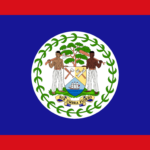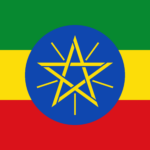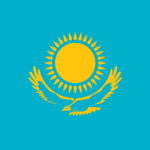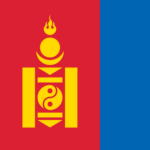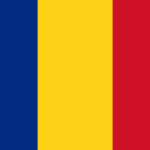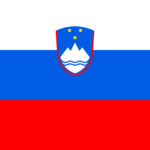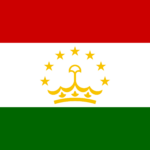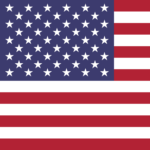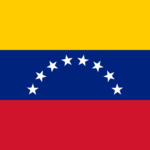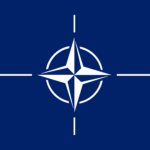Flags of the World
Here you will find a list of the flags of all 195 countries of the world in alphabetical order.
Country flags of the world
Flags are more than just symbols of countries; they are a blend of art, history, and identity. Each flag tells a story, representing the ideals, culture, and history of a nation. This article delves into the fascinating world of flags, exploring their significance, design, and the stories they tell.
History and Evolution of National Flags
The use of flags dates back thousands of years, originally serving as military standards and symbols of rulers. Over time, they evolved to represent nations and communities. The concept of a national flag as we know it today began to take shape in the 18th century, with the rise of nation-states. This section explores the historical journey of flags from ancient symbols to modern national emblems.
Symbolism and Meaning in Flags
Flags are rich in symbolism. Colors and symbols on flags are chosen to represent ideals, natural features, historical events, or national characteristics. For instance, red often symbolizes bravery or revolution, while stars may represent unity or states within a country. This section delves into the deeper meanings behind the common symbols and colors found in flags around the world.
Design Elements of Flags: Colors and Patterns
The design of a flag involves careful consideration of colors, patterns, and symbols. Each element is chosen to convey specific meanings and to be easily recognizable. This part of the article examines the principles of flag design, discussing how certain patterns, color combinations, and symbols come together to create meaningful and distinctive flags.
Notable Flags Around the World
Some flags stand out for their unique designs or historical significance. For example, the flag of Nepal is the only national flag that is not quadrilateral. The Union Jack of the United Kingdom is a combination of three different national flags. This section highlights some of the most interesting and unique flags from around the globe.
Cultural and Political Significance of Flags
Flags are deeply embedded in the cultural and political fabric of societies. They can evoke strong emotions and are often used in political movements and cultural celebrations. This part explores how flags play a role in national identity, politics, and cultural expression.
Flags in International Relations and Diplomacy
In the international arena, flags symbolize sovereignty and national identity. They are used in diplomatic events, international sports, and global summits. This section discusses the role of flags in international relations, including their use in diplomatic protocol and global events.
Unique and Unusual Flags of the World
While many flags follow common patterns, some break the mold with unique designs or features. This section showcases some of the world’s most unusual flags, discussing what makes them distinctive and the stories behind their designs.
Protocols and Etiquette in Flag Display
Displaying a flag comes with a set of protocols and etiquette, varying from country to country. This includes rules about how and when to fly the flag, how to display it alongside other flags, and how to treat a flag with respect. This part provides an overview of the general guidelines and customs associated with flag display.
The Future of Flags: Trends and Changes
As the world changes, so do the flags that represent it. New countries emerge, and existing ones sometimes change their flags to reflect societal shifts. This concluding section speculates on the future of flags, considering how current trends and global changes might shape the flags of tomorrow.

















